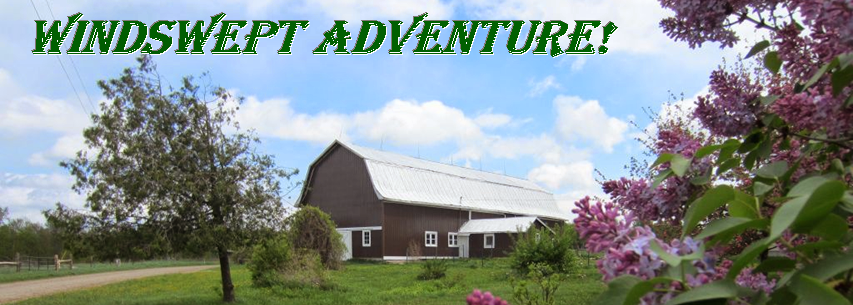
I learned that the wedding had been at my grandmother's home in McMinnville Oregon on August 24th. But I could find no records of what the year was. I know that my father was already married and in the Marines in 1945, so the wedding was sometime before that. Here's a photo of the happy couple with, I presume, their Best Man and Maid Of Honor. It's in color (sort of) because my mother had taken up the hobby of colorizing photos by hand. As I remember, this involved hand applying tints with a brush:

Well, this was a fun and enlightening journey into my own family history, and it almost ended there. Then I noticed an old envelope pasted to the inside cover of the photo album. It was addressed to my mother from the Navy's Air Mail Center:

And inside that envelope was this wrinkled, mud splattered envelope. I noticed that air mail letter service cost only 6 cents in 1945:

Inside the second envelope was this typewritten note from the Navy:

The letter inside was a bit difficult to read, but demonstrated a love affair which my sister and I were never privileged to see. I'll show each page and provide a transcription:.
Page 1:
September 8, 1945
Saturday
My Darling Peggy:
Hello honey, today I have a few free moments so I will start my letter.
Our boats came in last night and everyone is busy unloading. This will really be a crowded place when all the men get up here. As yet I haven't seen Otto or any of my boys. We have to unload as fast as possible because MAG-24 is going to load for
 Page 2:
Page 2:China. The are sending most of the marines out of here into China. I don't think that we will. We hear we are going to Hawaii in 2 months to decommission. PBJ's are to (sic) costly to operate for patrol duty. If we do that I might be home in January or February. Don't count on it though.
This Jap money is invasion money they used in the Philippines. I found a bunch of it. I thought you might want to see a bunch of it.

Page 3:
Darling, I am so lonesome for you. Each night I think and think about everything we have done and plan to do. I am sure tired of this life. It is OK for a single fellow but not for me. I just want to be with the one I love and thats (sic) with you. In a year I should be a civilian. If I was home now we could start buying me clothes. You are allowed to wear them in the states when not on duty:

Page 4:
We have a little monkey in our tent we sure like. He doesn't like me any more though. We got him drunk on beer and it really was a picnic.
Some of this money is duplicated so you can split up with my folks.
I love you.
Bill




















































